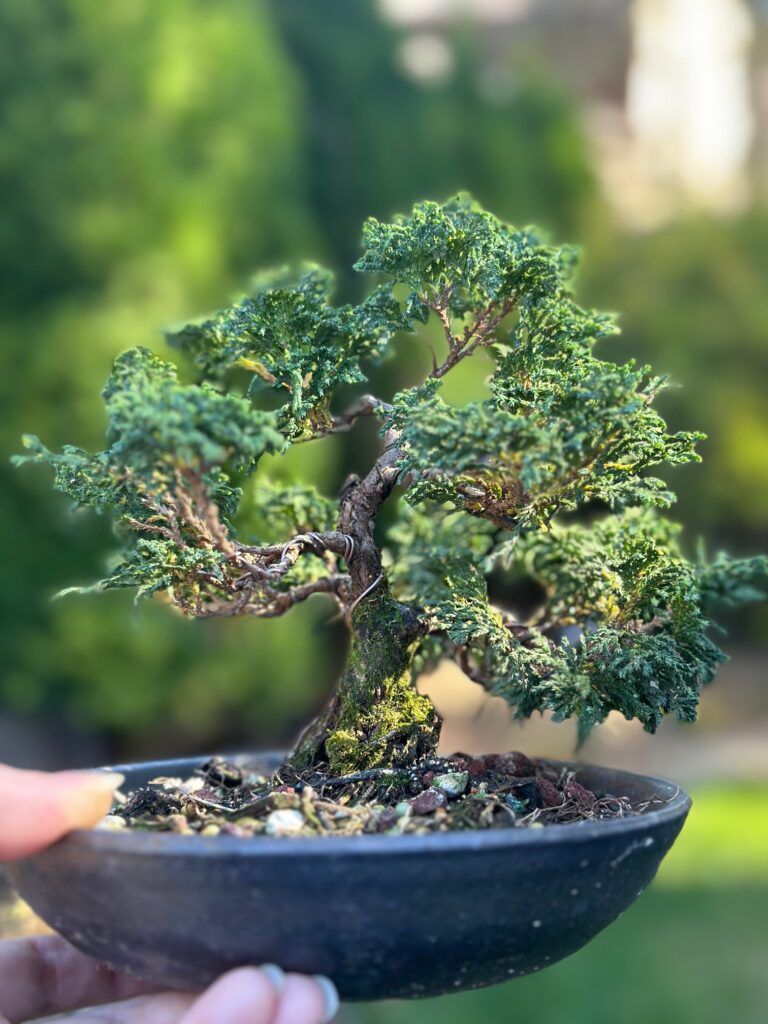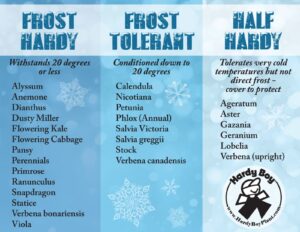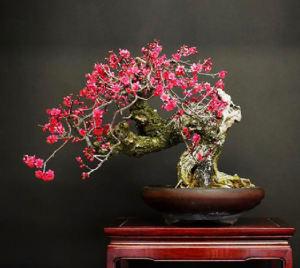
‘Tsukumo’ Japanese false-cypress is a slow-growing, dwarf, needled evergreen shrub in the cypress family (Cupressaceae) that can take up to 20 years to reach a height of 10 inches. Eventually it can grow up to 18 inches tall and wide. The genus name derives from the Greek words chamai, for dwarf or low to the ground, and kyparissos, for “cypress.” The species epithet, pisifera, is Latin meaning “pea-bearing” and refers to the small rounded cones borne by this tree. The origin of the cultivar is not known with certainty, but it most likely originated in Japan well before the mid-20th century.
In the garden, the plant grows in full sun but will do best in partial shade and in moist, well-drained, fertile soils. This is a hardy, resilient plant, but it is likely to need some shelter from strong winds.
The plant’s form is rounded and flat topped like a bun with a width equal to, or greater than, its height. Because it is a conifer, it does not flower, but the blue tinted, fine textured needles provide a winter interest. Its slow rate of growth of about 1 inch per year and dwarf habit make it a popular subject of bonsai. The overlapping sprays of dense, dark-green adult foliage can make this attractive plant resemble a moss-covered rock. This plant is sometimes listed under the cultivar names, ‘Pygmy’ or ‘Pygmaea Tsukomo’.
One of the top picks for the smaller sizes of bonsai cultivation, the Tsukumo Sawara Cypress (Chamaecyparis pisifera ‘Tsukumo’) is a rounded bun-like bushy cultivar that almost doubles as a mossy living rock in its appearance. It has dense, finely textured green foliage that sticks around year-round as an evergreen. Older foliage is a darker green compared to its forest green colored newer growths.
It grows so slowly that it won’t outsize a little pot too quickly over time. It only grows about 1 – 3 inches per year; making this choice one of our slowest bonsai choices ever! Their tight cushion-like shape, which is very hardy, tough, and resilient, gets wider than tall in its overall natural growth. Occasionally, short feathery plumes will sprout out among the fine foliage, adding character and extra dimension. You can leave them be for some fun flair or you can simply remove them to maintain the most compact, tiny mound form.
Oddly, Joel Spingarn of Baldwin, Long Island, New York, USA is credited with this cultivar’s origin in 1967. It most likely originated well before that in Japan and Spingarn imported the first plants to the west. Occasionally, one will see this plant listed under the cultivar names, ‘Pygmy’ or ‘Pygmaea Tsukomo.’
Native to Japan, the scale-like leaves (needles) are bright green during spring and summer and slightly dull green during fall and winter. Lower branches are shed when the tree is young, revealing reddish-brown bark that peels in long strips. Inner branches often die out; encouraging new growth with annual pruning. It has a round or pyramidal growth habit and is extremely hardy. It has a very slow growth rate which is why it is hard to find.
Sources
https://plants.ces.ncsu.edu/
https://www.bonsaioutlet.com/
https://green-bonsai.com/



